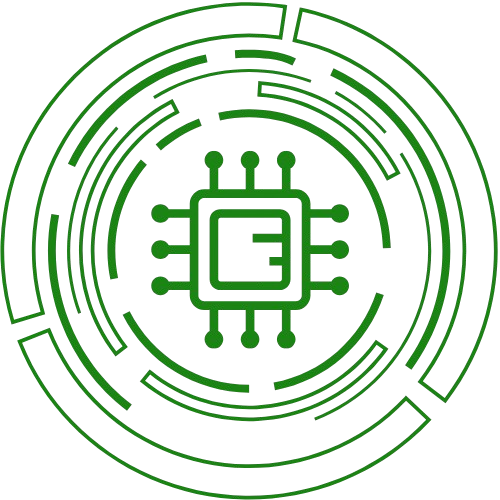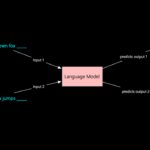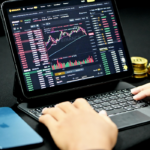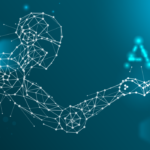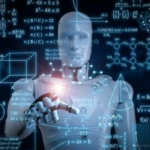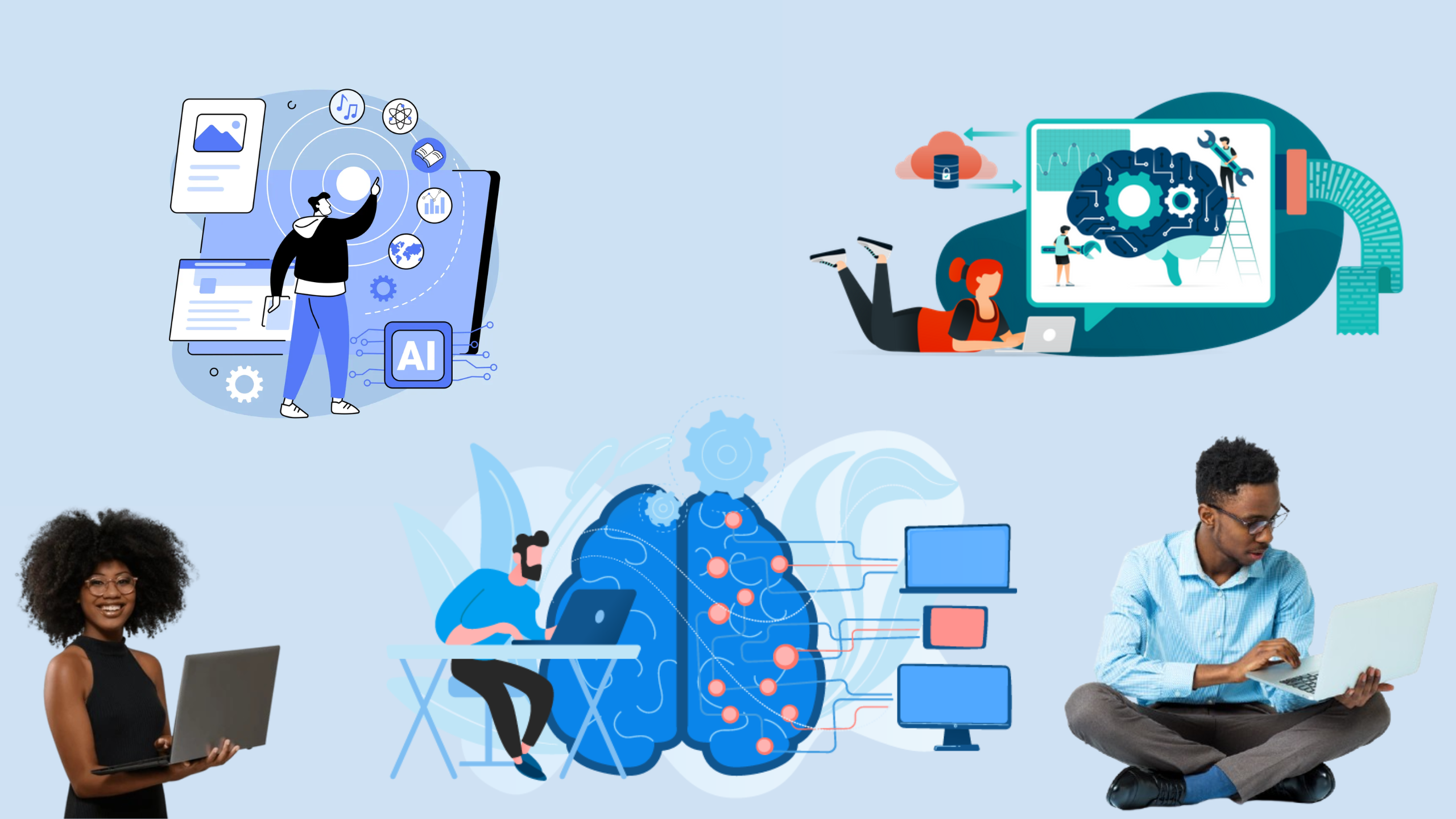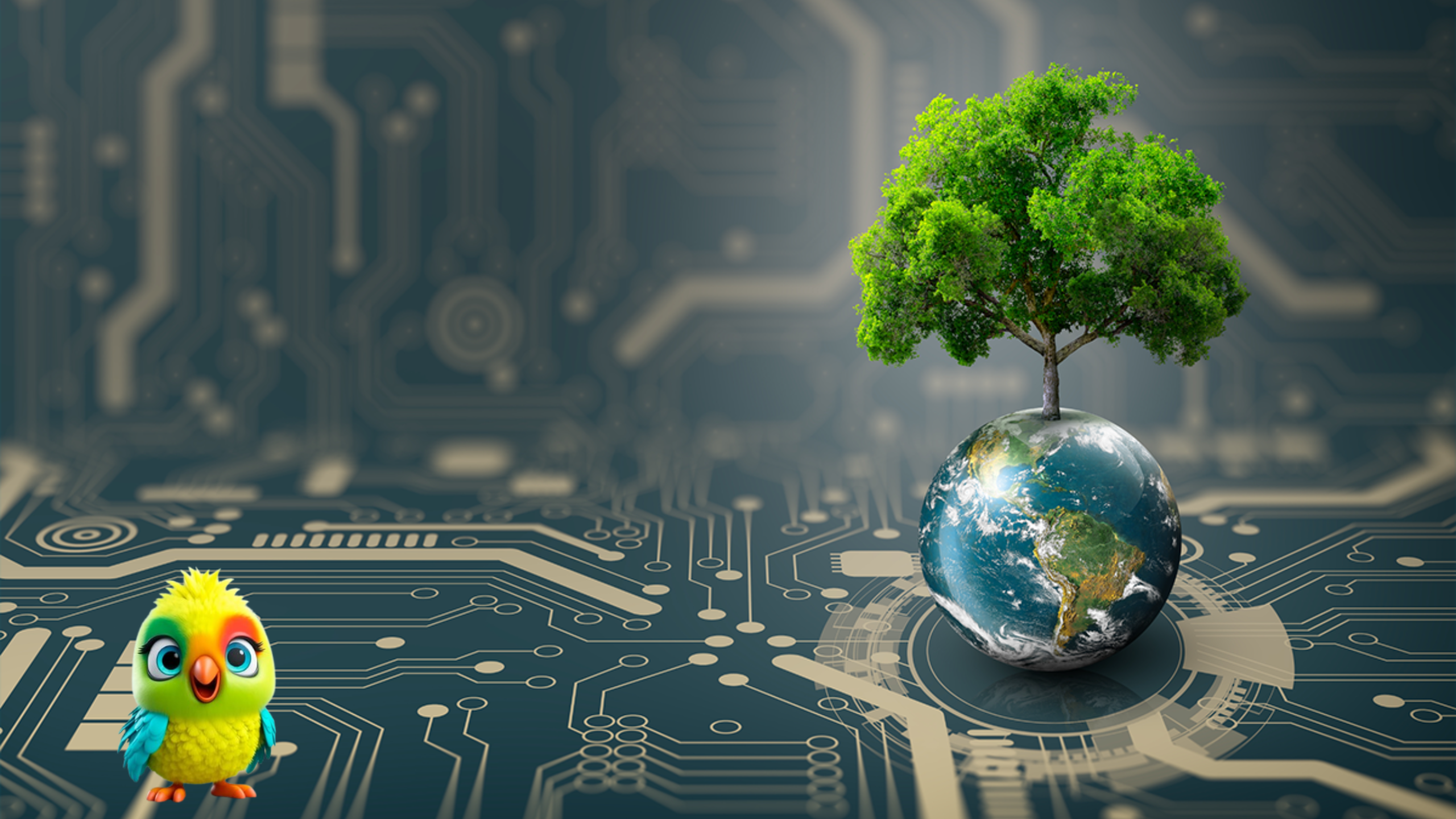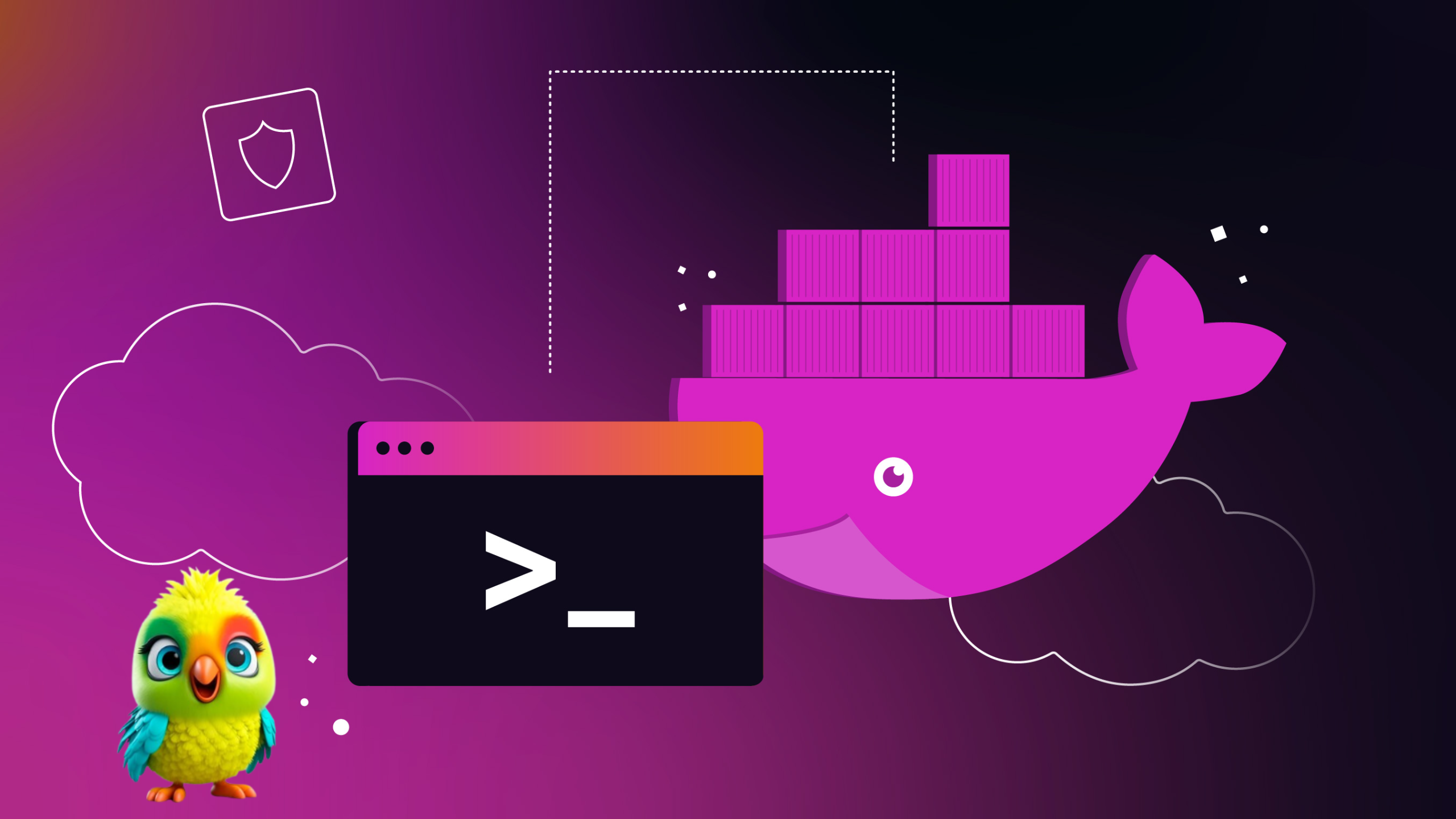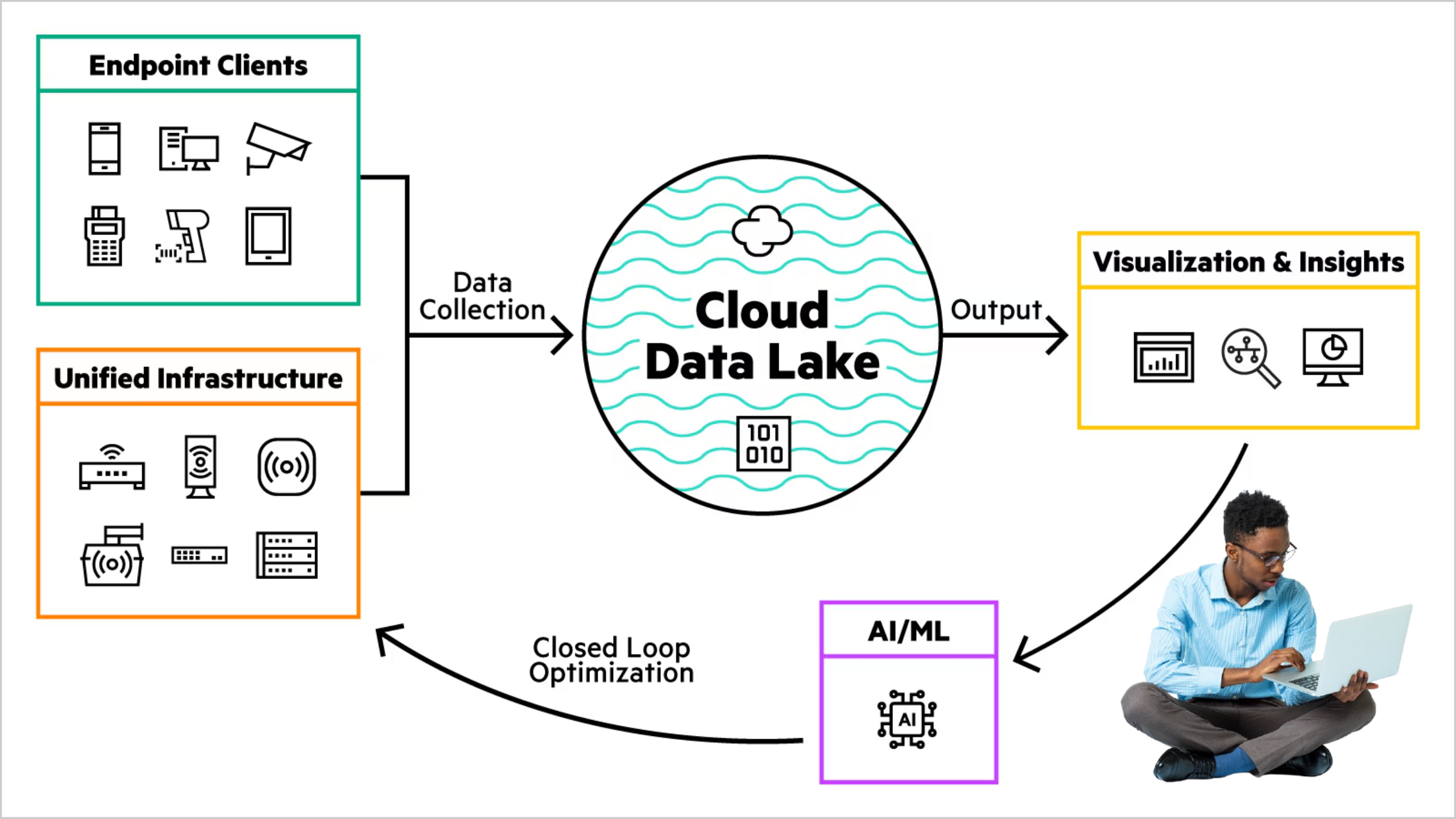Artificial Intelligence is no longer a futuristic concept—it’s a disruptive force reshaping the present. In 2025, AI is deeply integrated into the fabric of our personal, professional, and societal systems. From how we work to how we protect the planet, here are six major trends defining AI’s growing influence across industries.
1. AI + Work: The Age of Co-Pilots
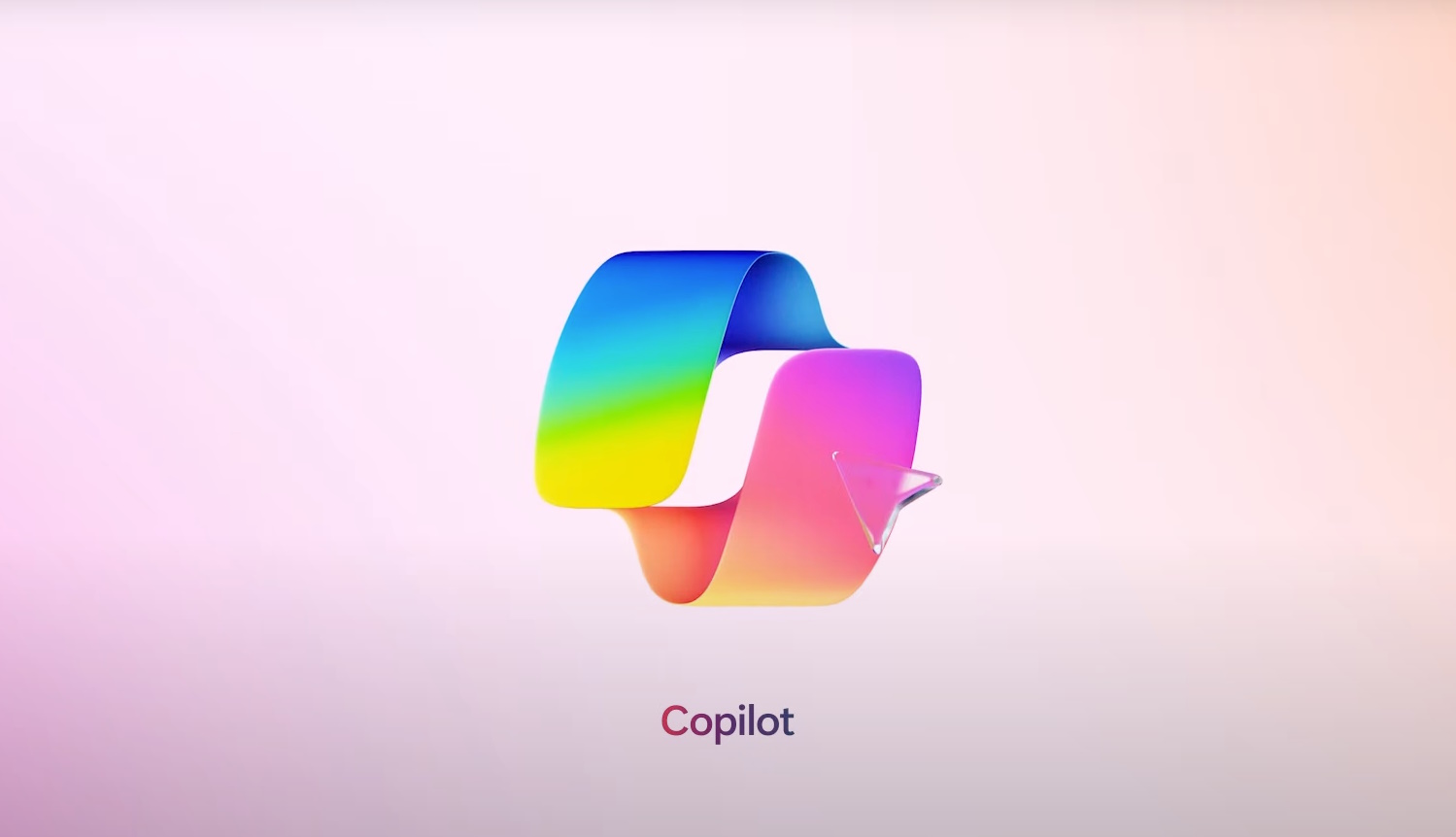
The workplace is being revolutionized by intelligent co-pilots. Large Language Models (LLMs) like ChatGPT, Gemini, and Claude are becoming embedded in productivity tools such as Microsoft 365, Google Workspace, Notion, and Slack. These AI assistants help draft emails, write code, summarize meetings, and brainstorm ideas, boosting individual productivity at scale.
Key stat: According to McKinsey, generative AI could automate up to 30
But this isn’t just about automation—it’s augmentation. Employees now collaborate with AI daily, shifting job roles toward higher-order problem-solving and creativity.
2. AI + Money: WealthTech Gets Personal

Financial planning, investing, and budgeting are becoming hyper-personalized through AI. WealthTech apps now use machine learning to analyze your spending habits, risk tolerance, and life goals, offering tailored investment advice in real-time.
AI-powered financial advisors are democratizing access to wealth-building tools once reserved for the affluent. Platforms like Betterment and Wealthfront now incorporate AI to automate portfolio rebalancing, tax-loss harvesting, and even ESG-based investing decisions.
Trend to watch: GPT-based chatbots inside banking apps that understand your tone, goals, and financial history—replacing static dashboards with dynamic, conversational experiences.
3. AI + Software: Coding the Coders
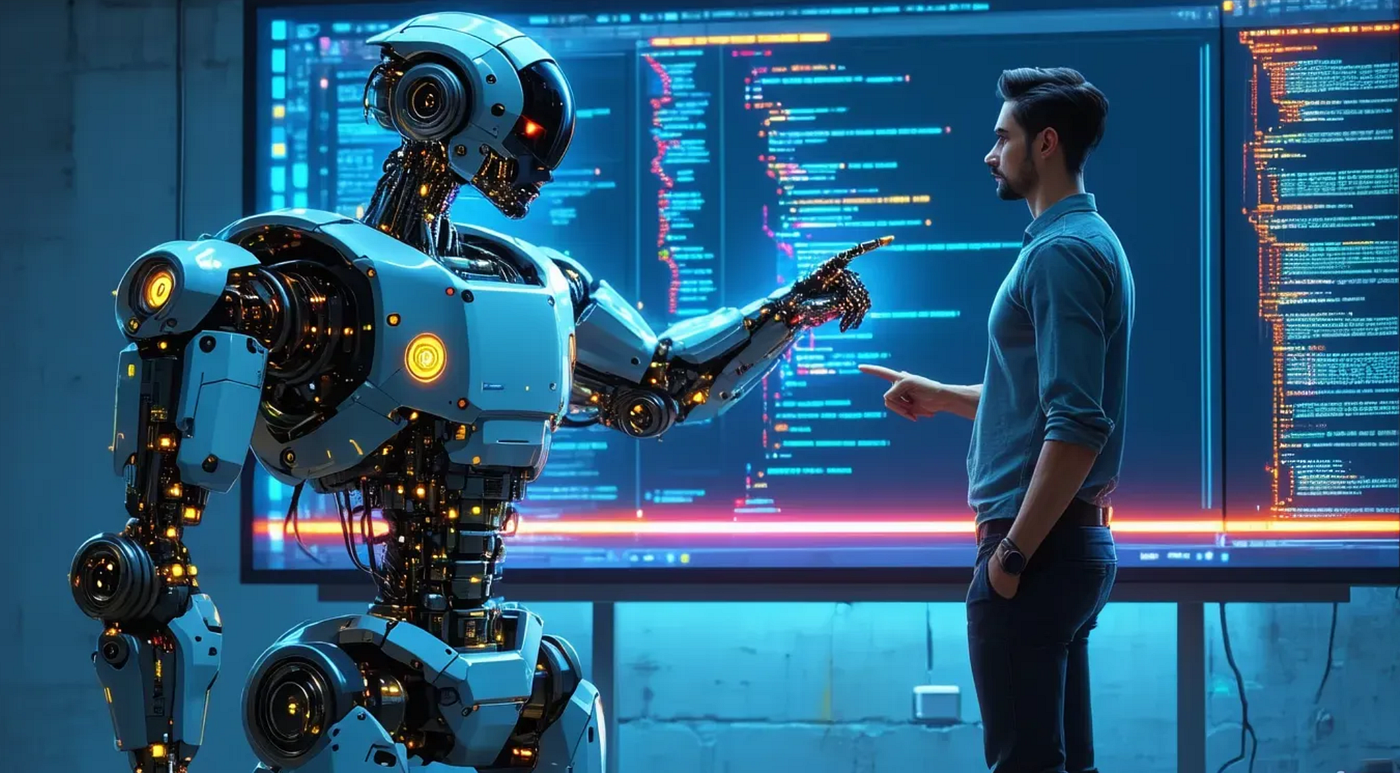
AI is radically transforming software development. Tools like GitHub Copilot and CodeWhisperer are auto-completing code, detecting bugs, and even suggesting entire features. Developers now “collaborate” with AI, reducing time-to-ship and improving software reliability.
For startups and enterprises alike, AI has become the new force multiplier. It bridges the gap between idea and implementation by accelerating prototyping, testing, and iteration cycles.
Bonus: Open-source LLMs like Meta’s LLaMA 3 and Mistral are making enterprise-grade AI accessible for any engineering team.
4. AI + Health: From Symptom Checkers to Digital Doctors
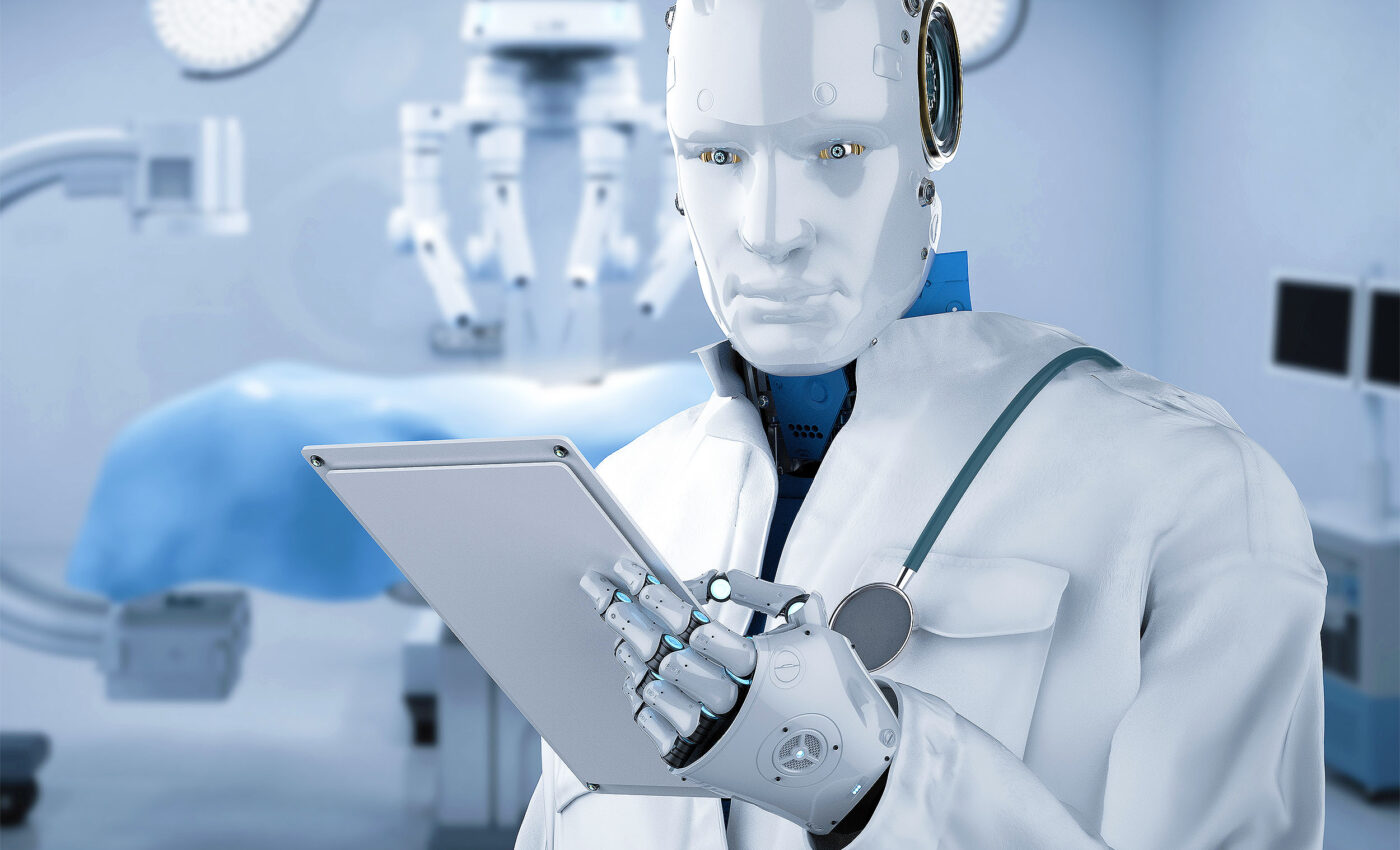
Healthcare is seeing perhaps the most compassionate application of AI. From radiology to mental health, models like Med-PaLM and Hippocratic are trained on medical datasets to diagnose, assist, and personalize treatment recommendations.
Startups are using AI to:
-
Read MRIs and X-rays faster and more accurately than radiologists.
-
Offer therapy and coaching via AI companions.
-
Predict patient deterioration before visible symptoms occur.
Important caveat: These systems must meet strict regulatory standards. But the potential? Lifesaving.
5. AI + Planet: Modeling Earth, Optimizing Systems
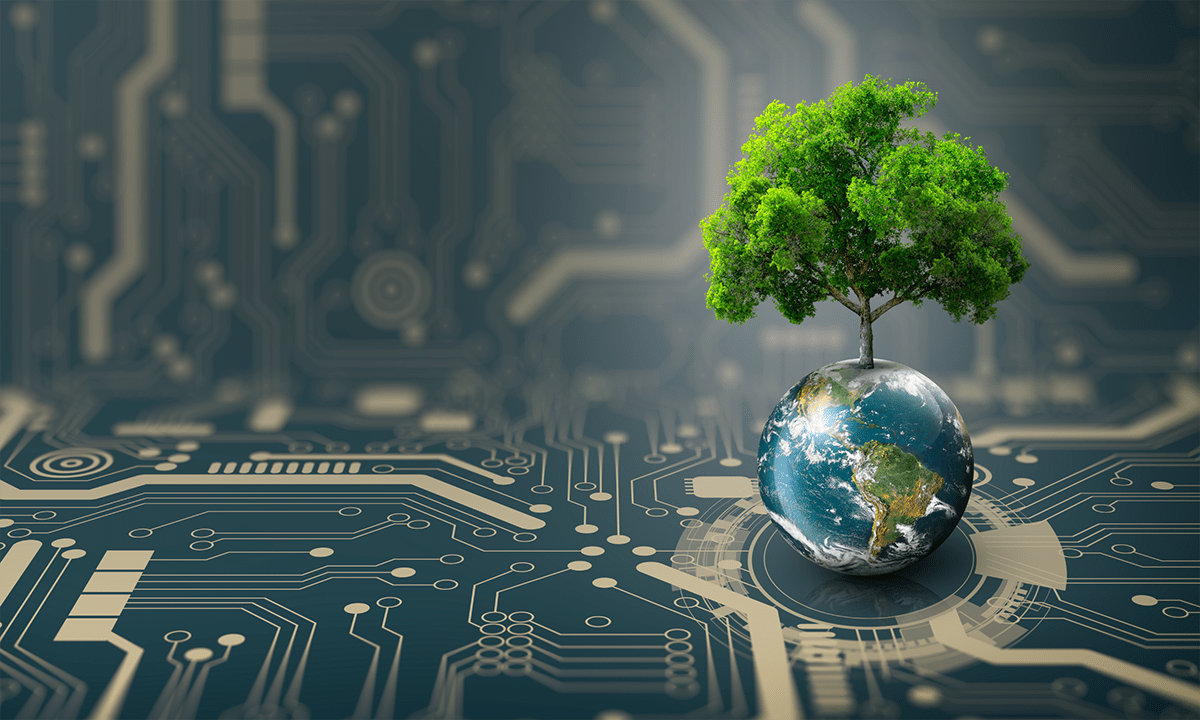
Fighting climate change requires smarter tools. AI is being used to model climate patterns, optimize energy grids, and reduce emissions across logistics and agriculture.
For instance:
-
NVIDIA’s Earth-2 simulates global weather in real time for better disaster preparedness.
-
AI in precision agriculture optimizes water and fertilizer use.
-
Wind and solar farms use AI to predict energy production and align with demand.
AI’s role: Be the brain behind sustainability strategies.
6. AI + Law: Regulating the Revolution
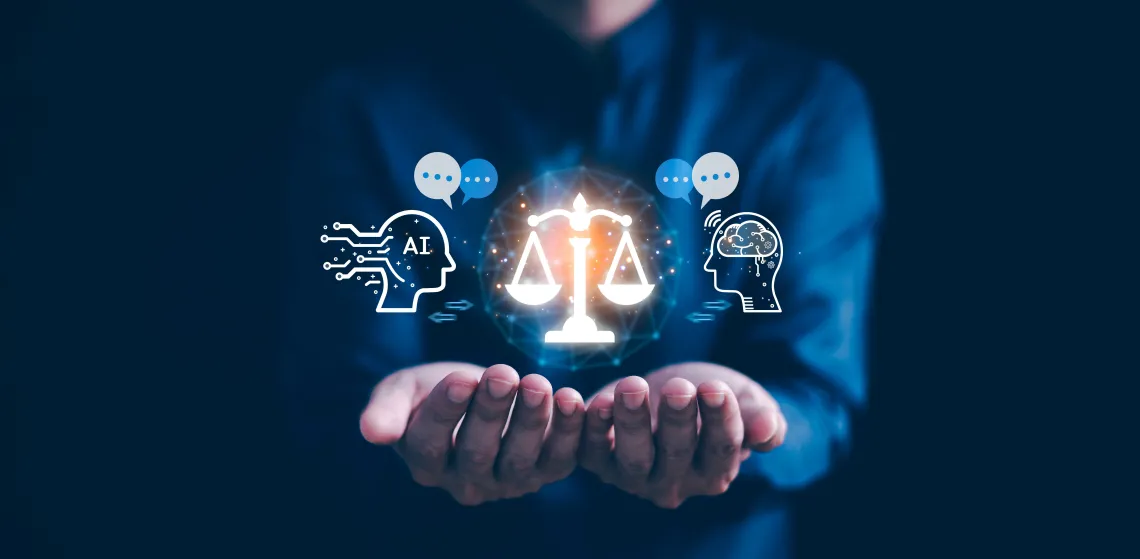
As AI reshapes everything, governments are stepping in to ensure safety, transparency, and fairness. The EU’s AI Act, U.S. Executive Orders, and China’s algorithm rules are just the beginning of a new era of AI governance.
These regulations focus on:
-
Model transparency and auditability.
-
Usage disclosures and opt-outs.
-
Limits on biometric and surveillance technologies.
Companies must now not only innovate with AI but do so responsibly. Compliance is becoming as critical as performance.
Final Thoughts: The New Normal
The AI wave isn’t coming—it’s here. And the companies, workers, and policymakers who adapt fastest will define the future. Whether you’re a software engineer using Copilot, a doctor leveraging diagnostic LLMs, or an investor chatting with your AI-powered banker—AI is becoming the invisible co-pilot of life.
The most exciting part? We’re just getting started.
